Lethal and sublethal effects of the insecticides d-limonene, mineral oil, and potassium salts of fatty acid on Dactylopius Opuntiae potential predator Cryptolaemus Montrouzieri

Authors:
In the last few years, Dactylopius opuntiae has seriously harmed the cactus pear in Morocco. Chemical control and predators are presently the predominant method used to control this scale pest. In this study the lethal and sublethal effects of the insecticides: d-limonene (60 g/l) 150 cc/hl, mineral oil (780 g/l) 2400 cc/hl, and potassium salts of fatty acid (500 g/l) 40 cc/hl on Cryptolaemus montrouzieri (mealybug destroyer) were evaluated under laboratory conditions at 26 +/- 2 degrees C, 60 +/- 10 % RH and 12:12 h L:D regime. The results of this study show that potassium salts of fatty acid (500 g/l) 40 cc/hl seems to be less compatible with C. montrouzieri. This chemical insecticide was decreased oviposition period, adult longevity, fecundity, significantly decreased females fertility compared to other treatments, caused a high percentage of mortality for all larval stages and pupa compared to all other treatments tested, caused significant reductions in percentage of egg hatching, and decreased significantly the longevity of adult stage compared to others treatments. Mineral oil (780 g/l) 2400 cc/hl seems to be most compatible with C. montrouzieri. This biological insecticide does not affect significantly the females fertility and does not cause any significant reduction in percentage of egg hatching (100 %) compared to the control treatment. In addition, d-limonene (60 g/l) 150 cc/hl, and mineral oil (78 %) 2400 cc/hl treatments do not affect significantly long term population parameters, including T, r(m), lambda, and DT compared to control treatment. Thus, both biological insecticides mineral oil (780 g/l) 2400 cc/hl and d-limonene (60 g/l) 150 cc/hl could be used as part of the integrated pest management strategy using C. montrouzieri and more attention should be paid to the use of chemical insecticide potassium salts of fatty acid (500 g/l) 40 cc/hl.
